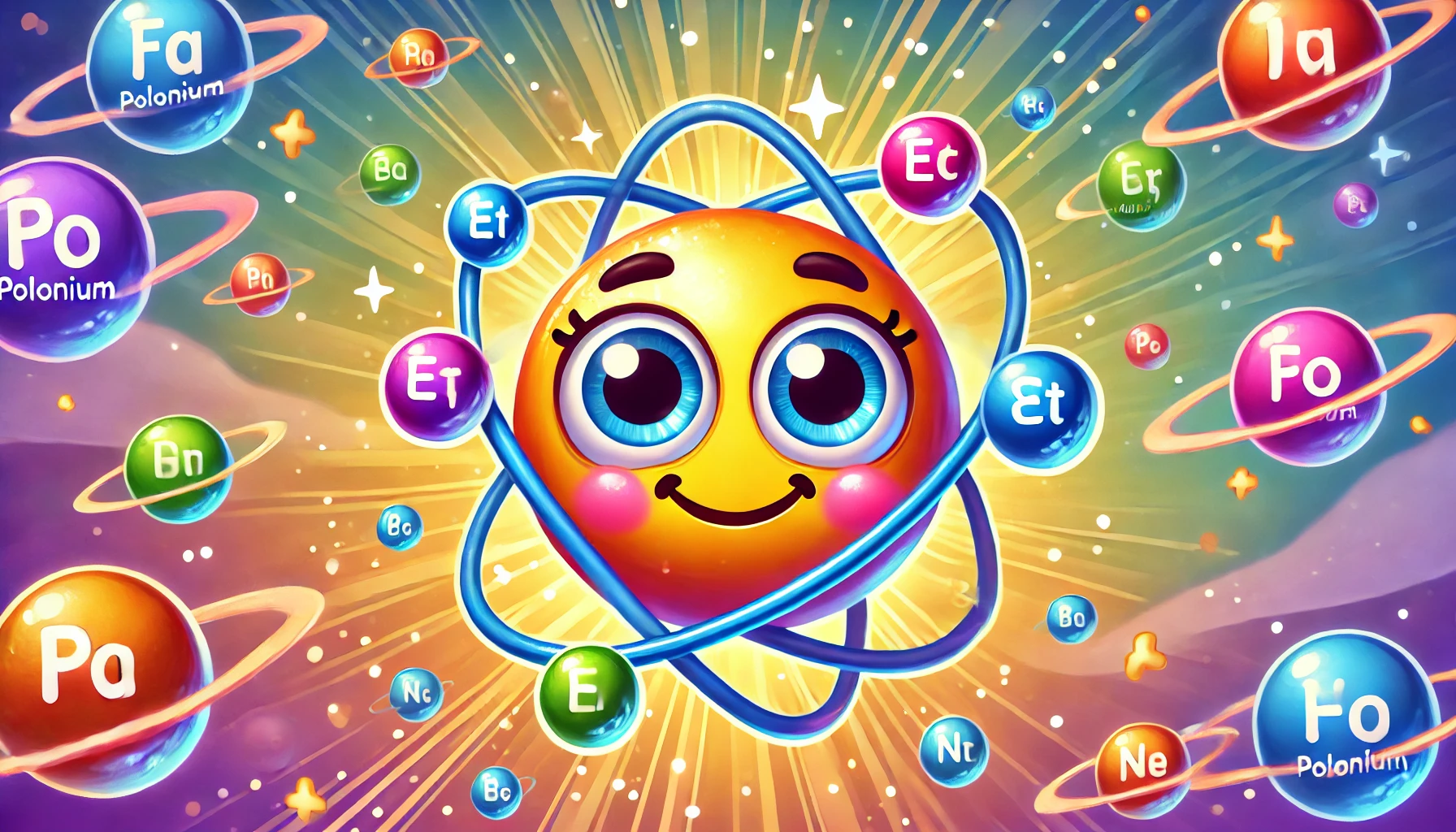Understanding Polonium: Properties, Uses, Health Risks, and Fascinating Facts
Understanding Polonium: Properties, Uses, Health Risks, and Fascinating Facts
Table of Contents
- Introduction to Polonium
- Properties of Polonium
- Uses of Polonium
- Health Risks of Polonium Exposure
- Interesting Facts about Polonium
- Environmental Impact of Polonium
- Conclusion
- References
Understanding Polonium: Properties, Uses, Health Risks, and Fascinating Facts
Introduction to Polonium Polonium is a chemical element with the symbol Po and atomic number 84. It is a rare and highly radioactive metal discovered by Marie and Pierre Curie in 1898. This article explores the properties, uses, health risks, and interesting facts associated with polonium, providing a comprehensive understanding of this hazardous element.
Properties of Polonium Polonium is characterized by several distinct physical and chemical properties.
Physical Properties
- Appearance: Polonium is a silvery metal that is highly volatile and easily oxidized in air.
- Density: The density of polonium is 9.32 g/cm³.
- Melting Point: Polonium has a melting point of 254°C (489°F).
- Boiling Point: The boiling point of polonium is 962°C (1,764°F).
Chemical Properties
- Reactivity: Polonium is highly reactive and can form compounds with various elements, including halogens and oxygen.
- Compounds: Polonium forms various compounds, such as polonium dioxide (PoO₂) and polonium hydride (PoH₂).
Uses of Polonium Despite its high radioactivity, polonium has several specialized applications.
Industrial Applications
- Antistatic Devices: Polonium-210 is used in antistatic devices to eliminate static electricity in machinery and industrial processes.
- Brushes: Polonium is used in brushes for removing dust from photographic films.
Scientific Research
- Neutron Sources: Polonium-210, when combined with beryllium, serves as a neutron source in scientific research and nuclear reactors.
Space Applications
- Thermoelectric Power: Polonium-210 was used in early space missions to provide thermoelectric power for space satellites.
Health Risks of Polonium Exposure Polonium is extremely toxic due to its high radioactivity. Exposure to polonium can have severe health consequences.
Inhalation and Ingestion
- Radiation Poisoning: Inhalation or ingestion of polonium can cause acute radiation sickness, with symptoms including nausea, vomiting, diarrhea, and hair loss.
- Organ Damage: Polonium accumulates in the liver, kidneys, and spleen, leading to severe organ damage and failure.
Skin and Eye Contact
- Radiation Burns: Direct contact with polonium can cause severe radiation burns on the skin.
- Eye Damage: Exposure to polonium dust or vapors can cause eye damage and potential blindness.
Chronic Exposure
- Cancer: Prolonged exposure to polonium increases the risk of developing cancer, particularly lung cancer when inhaled.
- Bone Marrow Suppression: Polonium exposure can suppress bone marrow function, leading to decreased blood cell production and increased susceptibility to infections.
Interesting Facts about Polonium Polonium has several intriguing aspects that make it an interesting, though dangerous, element.
Discovery
- Discovered in 1898: Polonium was discovered by Marie and Pierre Curie while investigating the radioactivity of pitchblende. It was named after Marie Curie’s homeland, Poland.
Unique Properties
- High Radioactivity: Polonium-210 is one of the most radioactive naturally occurring elements, emitting alpha particles at a high rate.
- Heat Production: A small amount of polonium can generate significant heat due to its intense radioactivity.
Isotopes
- Stable Isotopes: Polonium has no stable isotopes. Polonium-210 is the most common isotope used in various applications.
- Radioactive Isotopes: Several radioactive isotopes of polonium are known, with half-lives ranging from milliseconds to hundreds of years.
Environmental Impact of Polonium Polonium is highly toxic to the environment and can pose significant risks to ecosystems and human health.
Natural Occurrence
- Abundance: Polonium is extremely rare in the Earth’s crust and is typically found in uranium ores.
- Mining: Extraction of polonium is done as a byproduct of uranium mining, and must be handled with extreme caution to avoid environmental contamination.
Pollution and Bioaccumulation
- Environmental Pollution: Polonium can enter the environment through industrial emissions and improper disposal of radioactive materials.
- Bioaccumulation: Polonium can accumulate in the food chain, posing risks to wildlife and humans who consume contaminated food and water.
Conclusion Understanding polonium, its properties, uses, health risks, and interesting facts provides valuable insight into this highly radioactive element. While polonium has several important applications, particularly in industrial and scientific research, appropriate safety measures should be taken to minimize exposure and environmental impact. Its discovery, unique properties, and severe health hazards highlight the need for careful handling and responsible management of polonium and its compounds.

<ⓒ WizardMedics (wizardmedics.com)>


